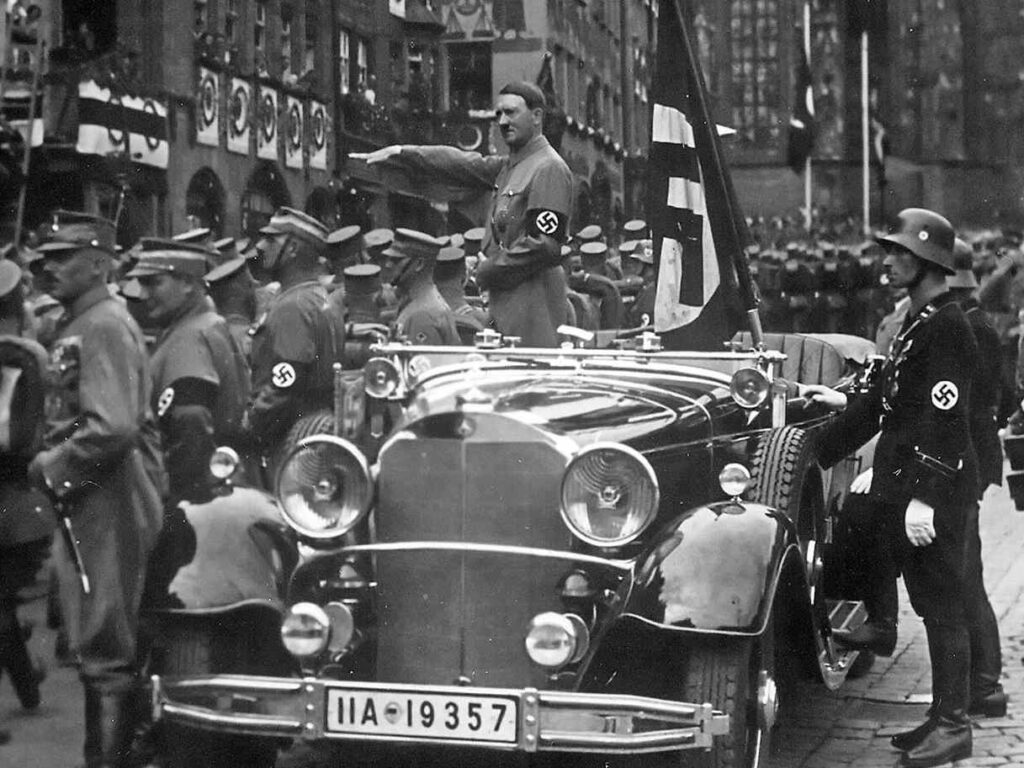In Adolf Hitler’s Germany, loyalty was stronger than brotherhood. The Führer demonstrated this on June 30, 1934. That day, he marched into the hotel room of his friend and close revolutionary ally Ernst Röhm. He looked him in the eye one last time and ordered his execution.
The whole nation was taken aback. Röhm was the backbone of Hitler’s government. If he was that easily discardable, no one else was safe. Röhm’s murder wasn’t isolated. It was the announcement of a massacre, a purge carried out by Hitler on his own movement.
Many more deaths followed that night. Three days later, Germany was filled with blood. Hundreds of party officials, men who had sacrificed their all for the revolution, were killed—some on the streets, others in their bedrooms and offices.
Röhm believed that the Nazi victory of 1933 was just the first phase of a deeper struggle. He wanted the party to represent the aristocrats, wealthy industrialists, and former politicians.
Not by enemy bullets, but those from friendly guns. That day, the Nazi Revolution was no longer a collective enterprise. It became a one-person show.
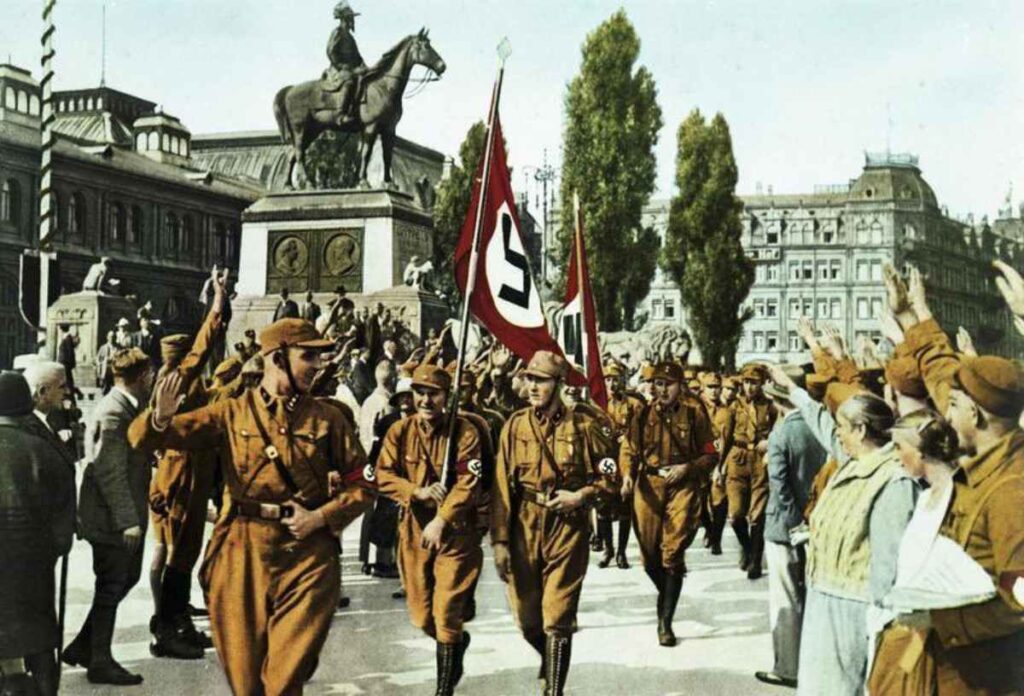
The Hitler purge is one of the most shocking and unforgettable episodes in Nazi Germany. No German history book is complete without the Night of the Long Knives.
Let’s see why the most feared German dictator turned against his inner circle.
The Men Who Built the Movement
Adolf Hitler rose to power on the backs of a small political machine—the National Socialist German Workers’ Party.
Also called the Nazi Party, it was a noisy and disorganized political movement. But this company of believers grew into a mighty army that will shake Germany. As scrappy as it was, it was run by passionate men—individuals who were completely dedicated to its ideals and its initial fight against communism.
These men were members of the Sturmabteilung, also known as the SA. On the streets, they were called the “Brownshirts.”
The SA were the party’s agents of bullying and intimidation. They were also the life of Nazi rallies, the ones who screamed at the top of their voices and charged up the atmosphere.
By the summer of 1934, the political tide had turned against the SA. The ambition of its leadership was standing in the way of the Germany that Hitler looked forward to.
The brain behind this group was Ernst Röhm. He was a veteran of the First World War, a close friend of Hitler, and a loyal subordinate. Under him, the SA grew to 3 million members. By 1934, it had way more men than the German army.
Then Röhm began to have bigger ideas. He was tired of leading just a group of street fighters. He wanted to replace the army. If the army were to dissolve into the SA, he would become the military leader of the entire nation. He believed he had earned this honor.
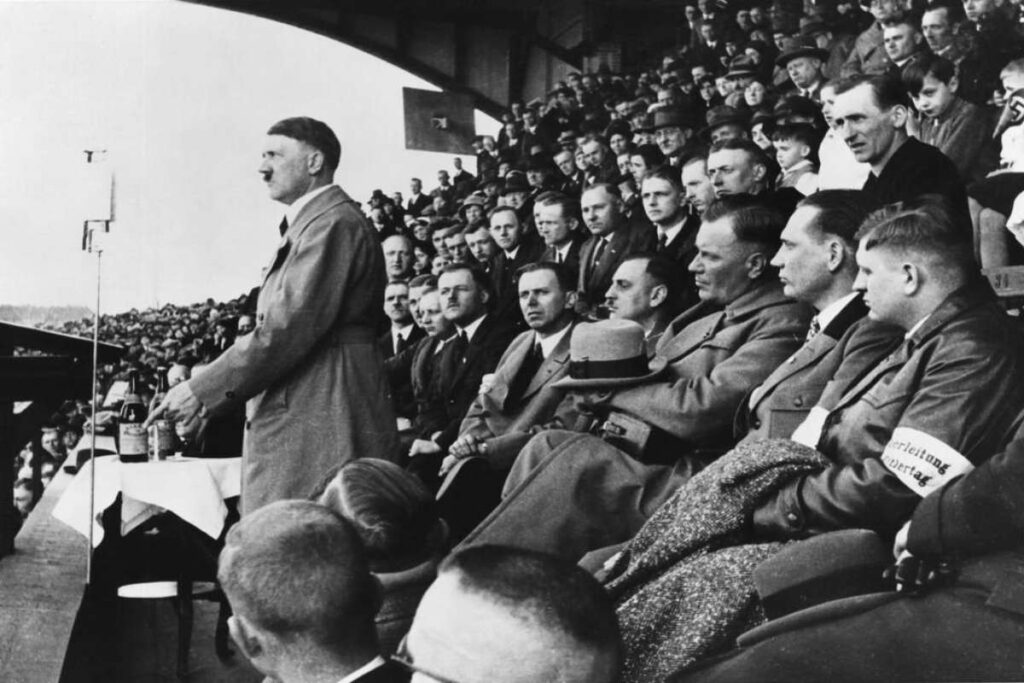
Röhm believed that the Nazi victory of 1933 was just the first phase of a deeper struggle. He wanted the party to represent the aristocrats, wealthy industrialists, and former politicians.
Unfortunately for him, Hitler had no such ideas. Hitler sought the support of these groups in stabilizing Germany as he prepared for war.
Why Hitler Turned on His Own
By the summer of 1934, the political tide had turned against the SA. The ambition of its leadership was standing in the way of the Germany that Hitler looked forward to. It was also an obstacle to other institutions.
One of them was the army, which was observing the SA’s plan to dismantle it. The army needed Hitler’s assurance that he would not yield to Röhm’s demands.
The industrialists and economic drivers were also at his doorstep. They needed peace and order on the streets so that business could thrive. Hitler will have to rein in the Brownshirts to meet this demand.
Politicians sought to minimize the SA’s chaos to ensure a serene political climate. Then, there was the Schutzstaffel or SS, Nazi Germany’s protection squadron. A paramilitary force that protected Adolf Hitler and other Nazi leaders.
The purge extended beyond the SA. Hitler seized the opportunity to eliminate other political figures who seemed to be disloyal.
Also known as the Blackshirts, the SS was subordinate to the SA in command. But its leader, Heinrich Himmler, wanted that to change. All of these interests wanted the SA out of the way. Then began one of the most vicious political outmaneuverings in German history.
A classic case of betrayal in fascism began to emerge. It was SS vs SA.
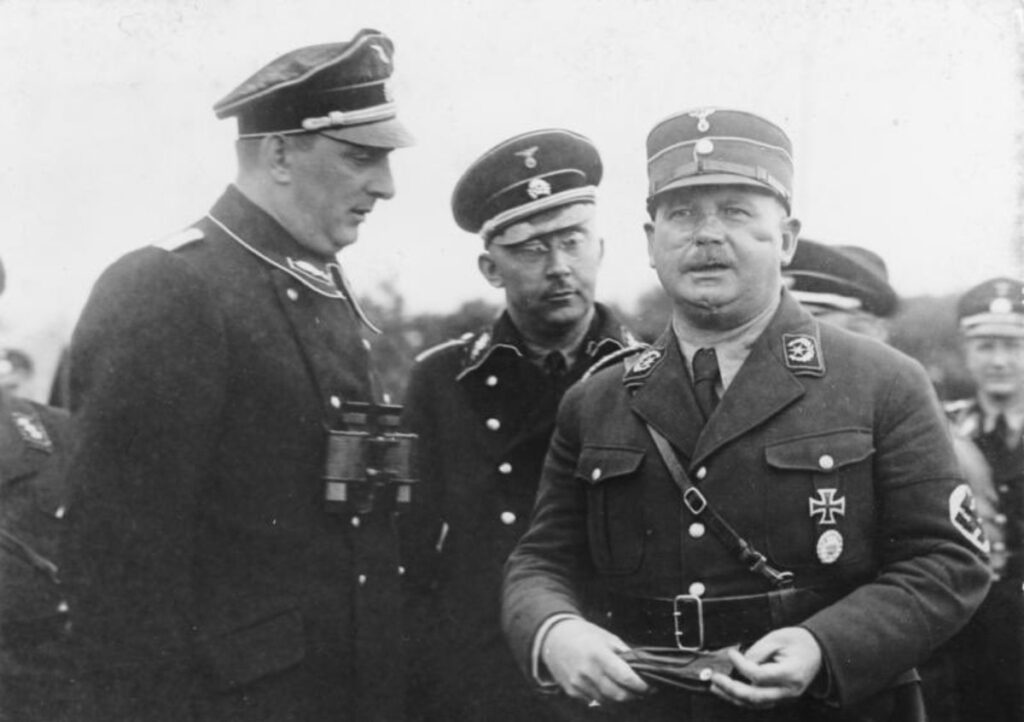
Heinrich Himmler and his deputy, Reinhard Heydrich, began circulating anti-Röhm rumors to Hitler. They alleged a plot by the SA leader to kick Hitler out of power.
At the time, it was exactly what Hitler wanted to hear. Whether the stories were true or not didn’t matter much. Röhm was already an obstacle that should be cleared.
June 30, 1934: The Trap is Sprung
On June 29, 1934, Röhm arrived at a Bavarian resort, expecting strategy talks. Instead, Hitler stormed into his room at dawn on the 30th. He told his friend his fate and ordered his arrest.
Across Germany, the ripple effect was spreading. Hundreds of other SA leaders were rounded up. Some were shot instantly.
The purge extended beyond the SA. Hitler seized the opportunity to eliminate other political figures who seemed to be disloyal. At the top of the list were people like Gregor Strasser, a former Nazi top dog who had publicly opposed Hitler’s style.
Others included Kurt von Schleicher, a former chancellor who facilitated Hitler’s rise to power, and Edgar Jung, a critic of Hitler. Interestingly, not every killing was motivated by “state security.”
He made it seem like he had saved the nation; the chapter was now closed, and Germany would move into a new era.
The list of traitors was manipulated. Influential figures smuggled in the names of personal enemies whom they wanted out of the way.
Hitler wasn’t particularly keen on eliminating his old friend Röhm. He began to rethink his decision after the arrest. But Himmler and Hermann Göring pressured him to follow through with it.

On July 1, Hitler gave Röhm two options. He could either commit suicide or be executed. Röhm chose the latter.
Moments later, two SS officials, Theodor Eicke and Michael Lippert, shot him at point-blank range. This was how a significant pillar of the Nazi Revolution fell.
Making Murder Legal
Röhm’s execution signaled the emergence of Hitler’s full-blown autocracy. Yet for a while, he struggled to maintain a humane face.
His government needed an explanation for the murders. One that could calm the national temperature and garner the people’s full support behind his leadership.
The purge ended on July 2. The next day, the government passed a law that declared the killings as constitutional.
The legislation described them as necessary and acts of “state self-defense.” It also demoted the rule of law. The legislation sidelined courts and reduced prosecutors to mere clerks.
On July 13, Hitler spoke about the massacre for the first time.
In a speech at the Reichstag, a magnificent building that serves as the seat of the German parliament, he further justified the Night of the Long Knives. He presented himself as a noble leader who had to make a difficult decision in the interest of Germany.
“In this hour, I was responsible for the fate of the German people, and thus I became the supreme judge of the German people,” he explained. He made it seem like he had saved the nation; the chapter was now closed, and Germany would move into a new era.
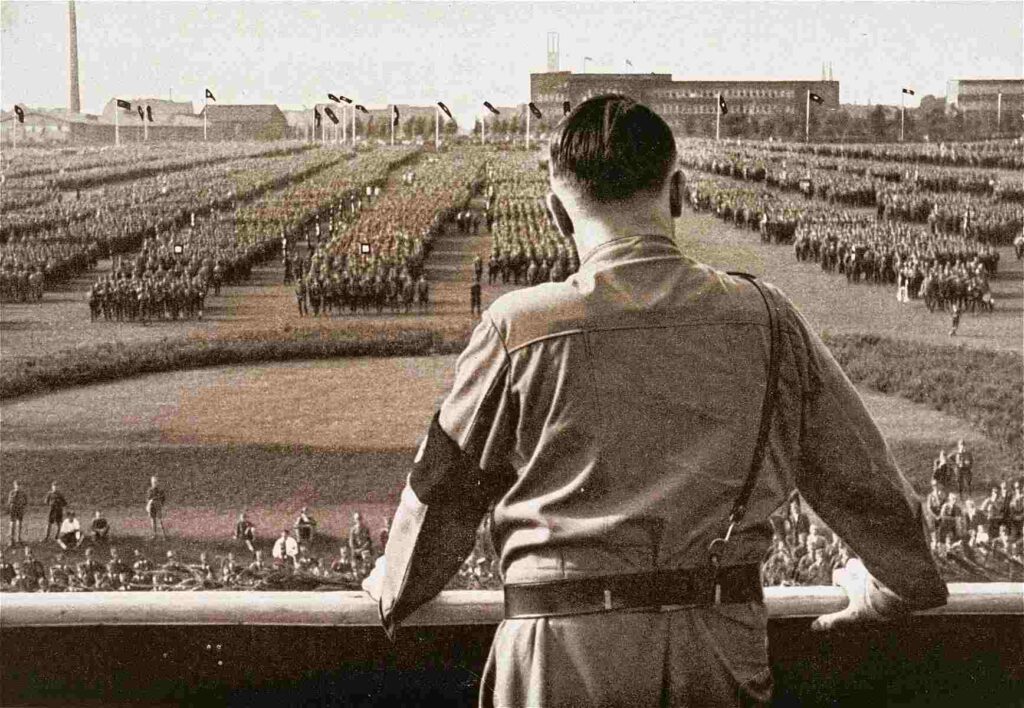
In this new future, the SS became the leading combat force of the Nazi Party. Their power and number continued to grow over the years. They would eventually execute the Holocaust.
The SA was relegated to the background. Stripped of its power, it became a weak and inconsequential group.
Aftermath: A Different Nazi State
The Night of the Long Knives marked the rise of dictatorship in Germany during the 1930s. With the incident, Hitler sent a message, not just to fellow Germans, but to the world.
He was a decisive leader who would do whatever was necessary whenever the need arose. More importantly, Germany was under his control now more than ever.
Drawing from this power, the SS went to work. It began drafting plans to capture and exterminate the Jewish population, one of Hitler’s top wishes.
The whole government was loyal only to Hitler. They will do as he wishes. They will crush his enemies and perceived enemies, both foreign and domestic.

Repression became the norm. Dissenting voices were shut down, and the Führer became untouchable.
Essentially, the Germany that participated in World War II emerged from the Night of the Long Knives. Those three days of authoritarian violence were a confidence booster for the Nazi atrocities that followed.
It was the event that made Hitler feel untouchable. It was the event that ultimately led to his downfall.
Share your thoughts on the 1934 massacre. The Night of the Long Knives turned Hitler from chancellor to dictator. Do you think this moment sealed Germany’s fate?


